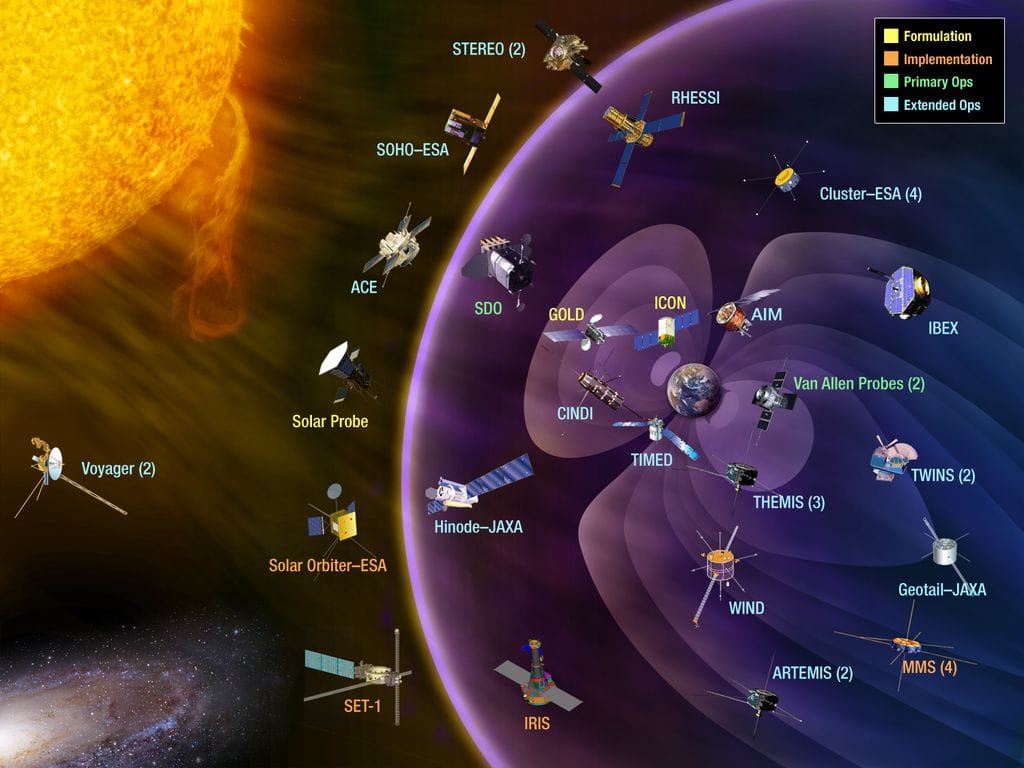The National Academy of Sciences has recently published the highly anticipated Heliophysics Decadal Survey, a comprehensive report that outlines the most pressing research objectives and recommendations for NASA’s heliophysics program over the next decade. The survey, which is the result of a collaborative effort between experts from various fields, provides a roadmap for the future of heliophysics research, highlighting the need for two flagship missions that will play a crucial role in advancing our understanding of the Sun and its impact on the solar system.
The Heliophysics Decadal Survey is a critical document that helps shape the direction of NASA’s research efforts in the field of heliophysics, which encompasses the study of the Sun, the solar wind, the magnetosphere, and the upper atmosphere. The survey is conducted every 10 years, providing a unique opportunity for the scientific community to reflect on past achievements, identify knowledge gaps, and outline a vision for future research.
One of the key recommendations outlined in the survey is the need for two flagship missions that will focus on exploring the Sun’s polar regions and the solar wind. The first mission, dubbed the “Polar Solar Orbiter,” aims to study the Sun’s polar regions, which are notoriously difficult to observe due to the intense radiation and extreme temperatures. The second mission, the “Solar Wind Explorer,” will focus on understanding the solar wind, a stream of charged particles emanating from the Sun that plays a crucial role in shaping the solar system.
The Polar Solar Orbiter mission will involve sending a spacecraft to the Sun’s polar regions, where it will gather unprecedented data on the Sun’s magnetic field, solar wind, and coronal heating. This mission will provide scientists with a unique opportunity to study the Sun’s polar regions up close, shedding light on the complex processes that govern the Sun’s behavior.
The Solar Wind Explorer mission, on the other hand, will focus on understanding the solar wind, which is a critical component of the solar system. The mission will involve sending a spacecraft to the Sun’s corona, where it will gather data on the solar wind’s acceleration, composition, and variability. This mission will provide scientists with a deeper understanding of the solar wind’s impact on the solar system, including its effects on the Earth’s magnetosphere and upper atmosphere.
In addition to the two flagship missions, the Heliophysics Decadal Survey also recommends a range of smaller-scale missions and research initiatives that will focus on exploring the Sun’s interior, the solar wind’s interaction with the magnetosphere, and the effects of space weather on the Earth’s upper atmosphere.
The survey also emphasizes the need for continued investment in NASA’s heliophysics program, highlighting the importance of maintaining a robust and diverse portfolio of research initiatives. The report notes that the heliophysics program has made significant progress in recent years, but that continued investment is necessary to ensure that the program remains at the forefront of scientific research.
The release of the Heliophysics Decadal Survey marks an important milestone in the development of NASA’s heliophysics program. The report provides a clear roadmap for the future of heliophysics research, outlining key research objectives and recommendations for the next decade. As NASA embarks on this ambitious endeavor, the scientific community eagerly awaits the results of these flagship missions, which promise to revolutionize our understanding of the Sun and its impact on the solar system.



